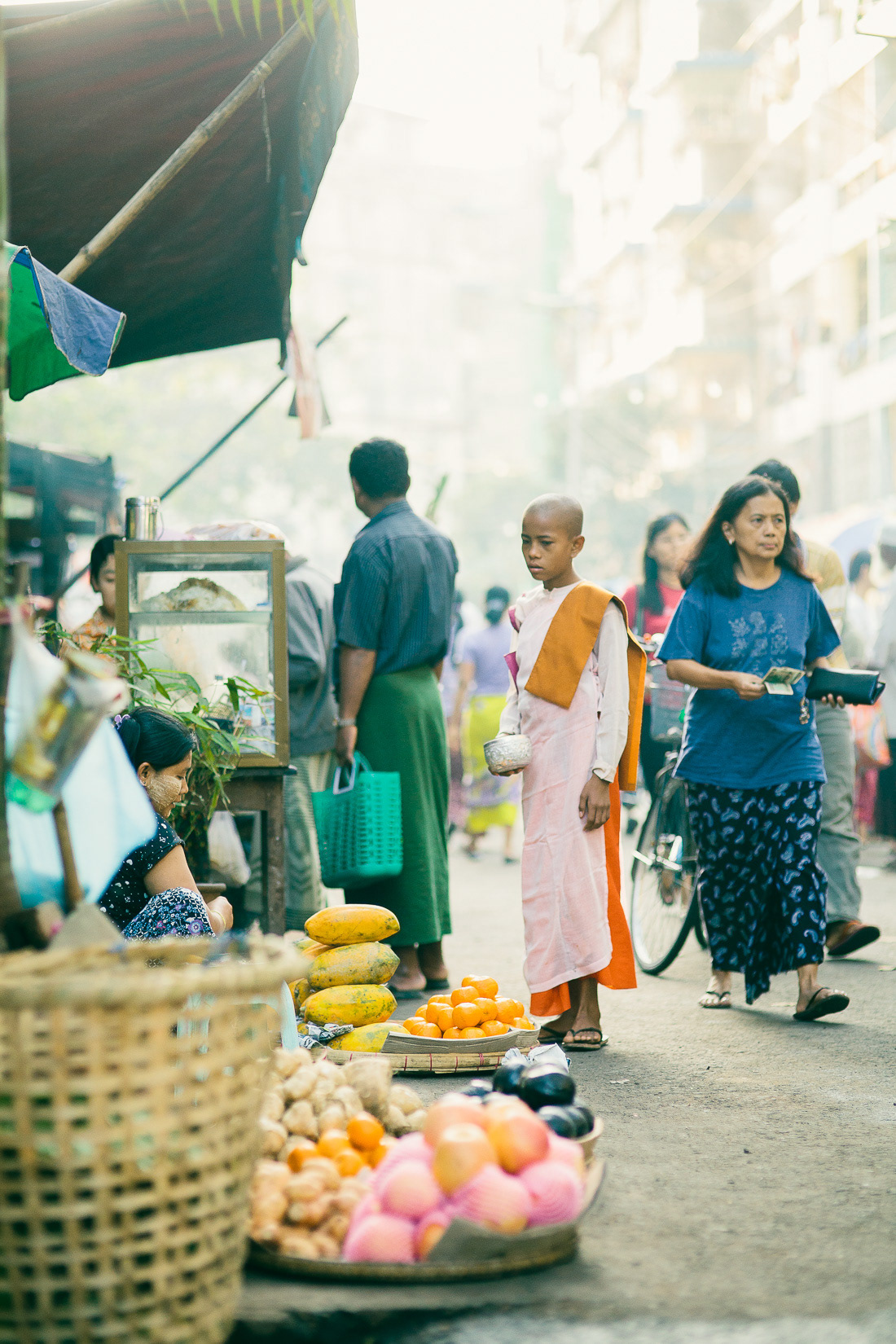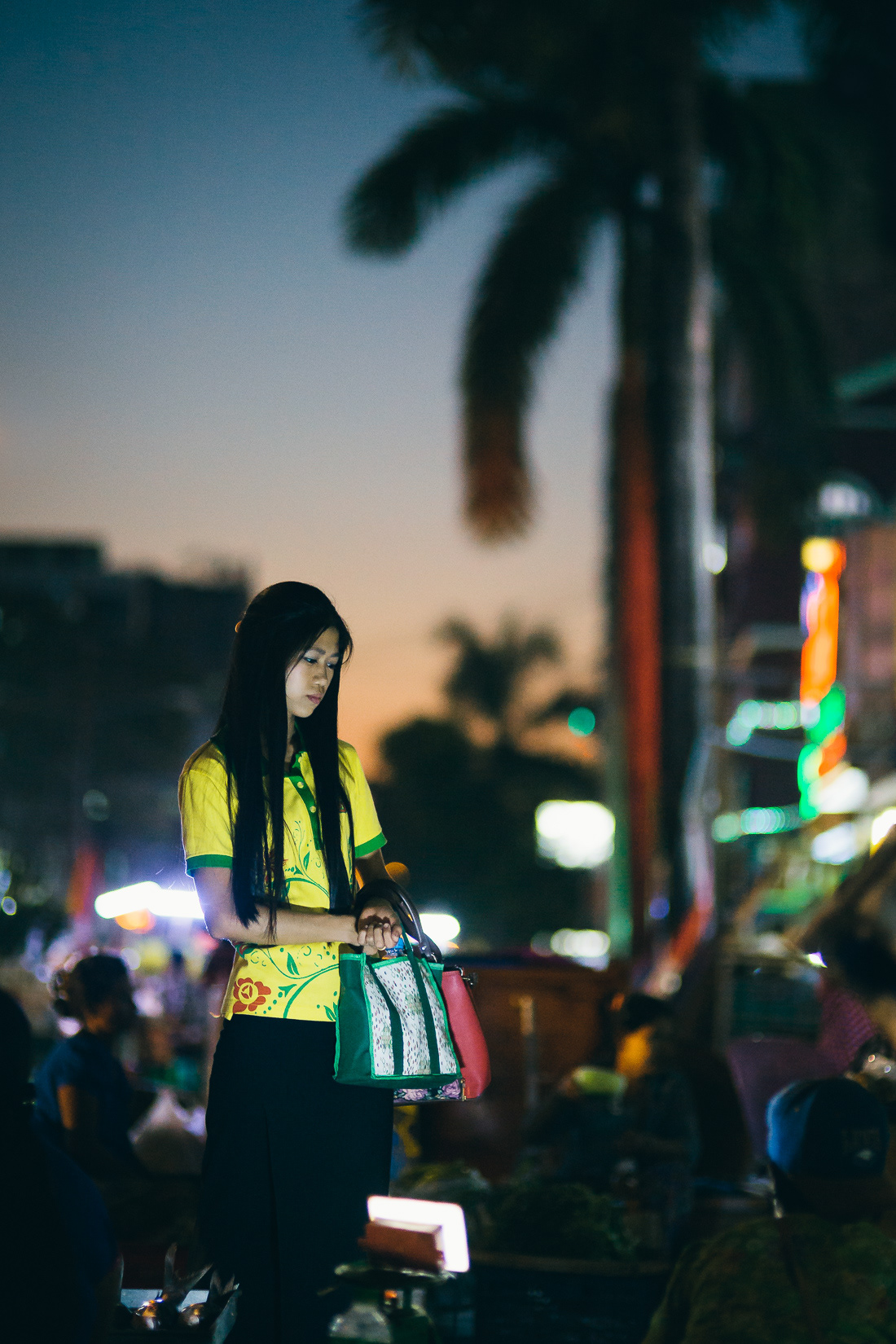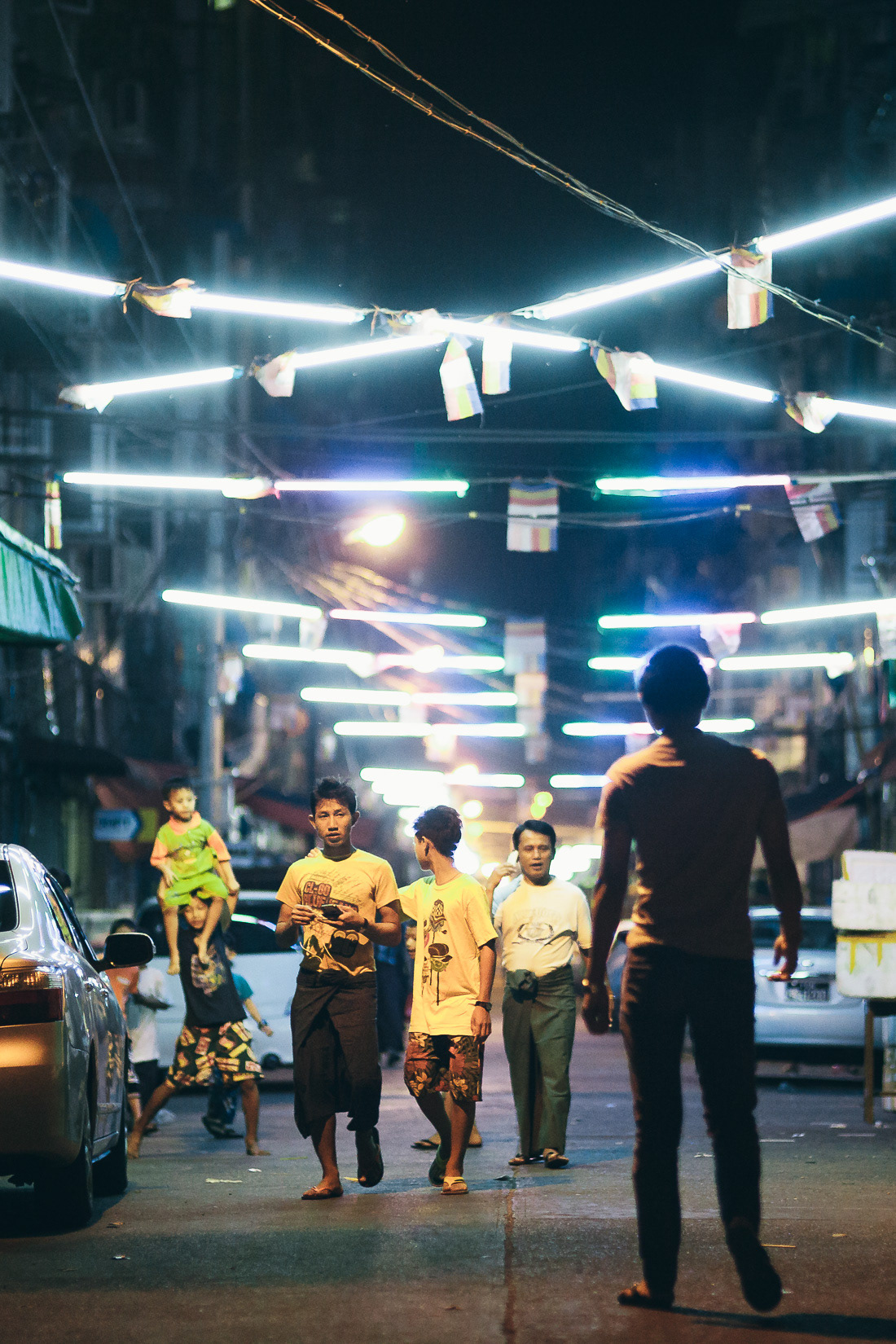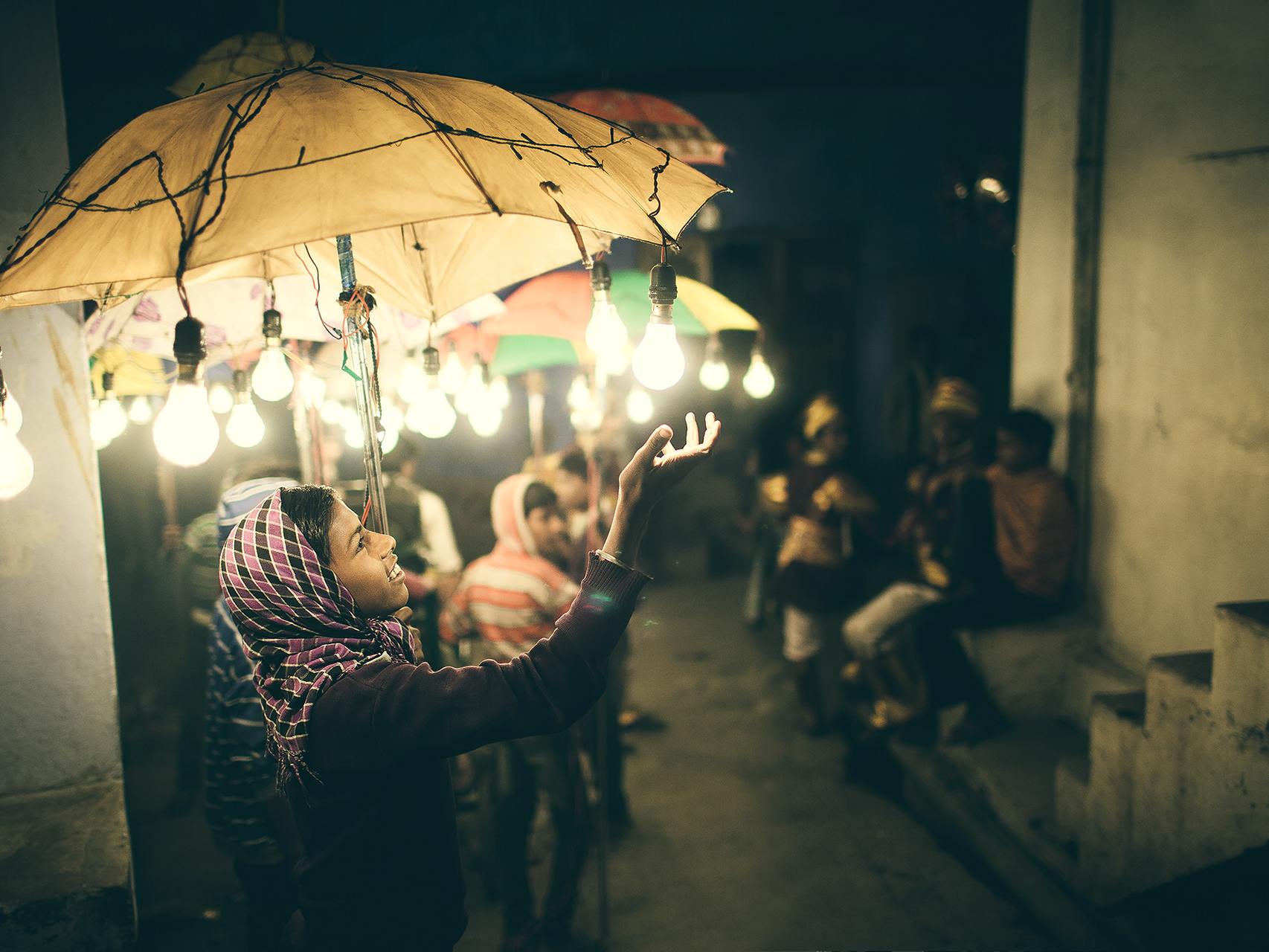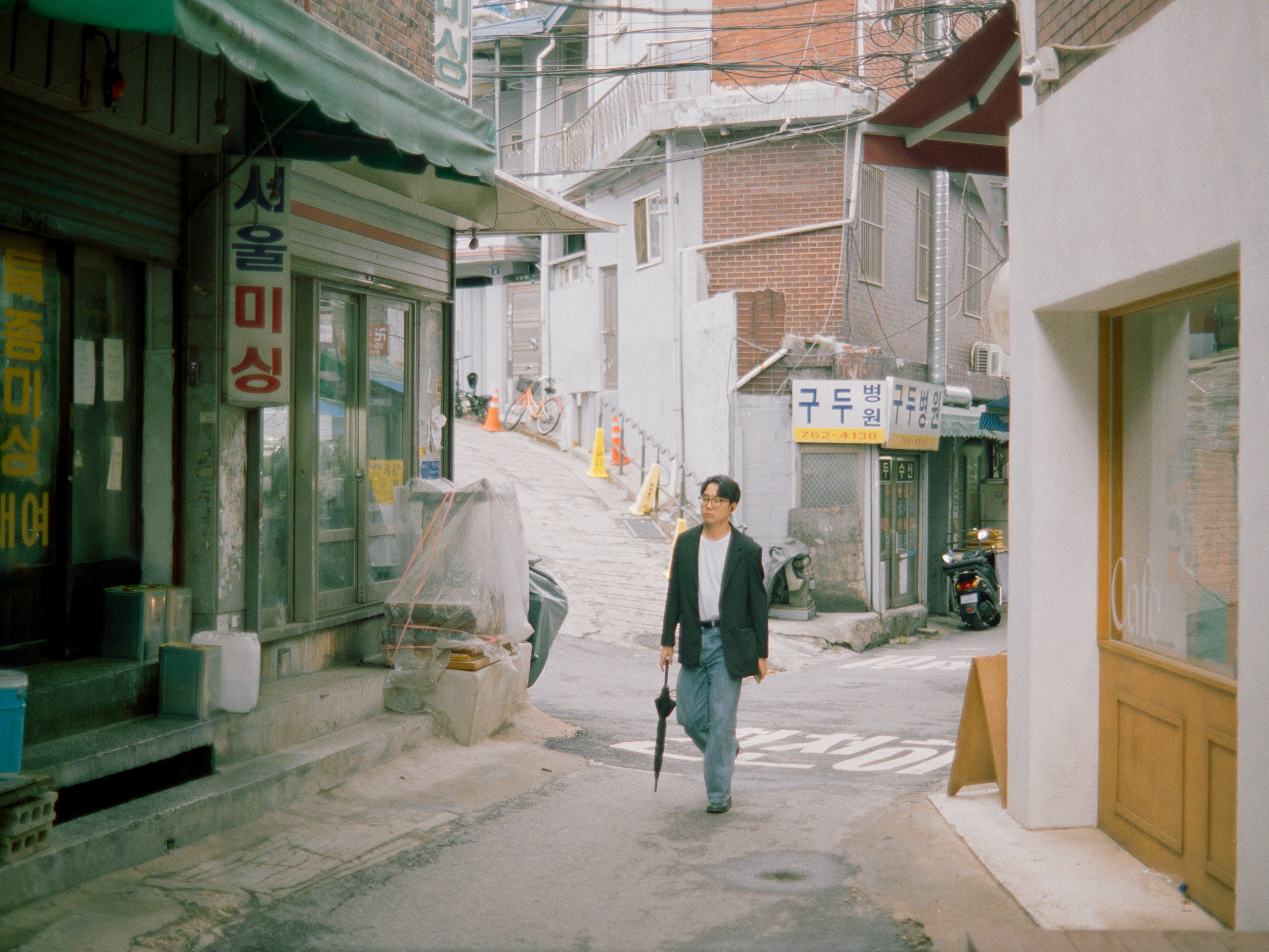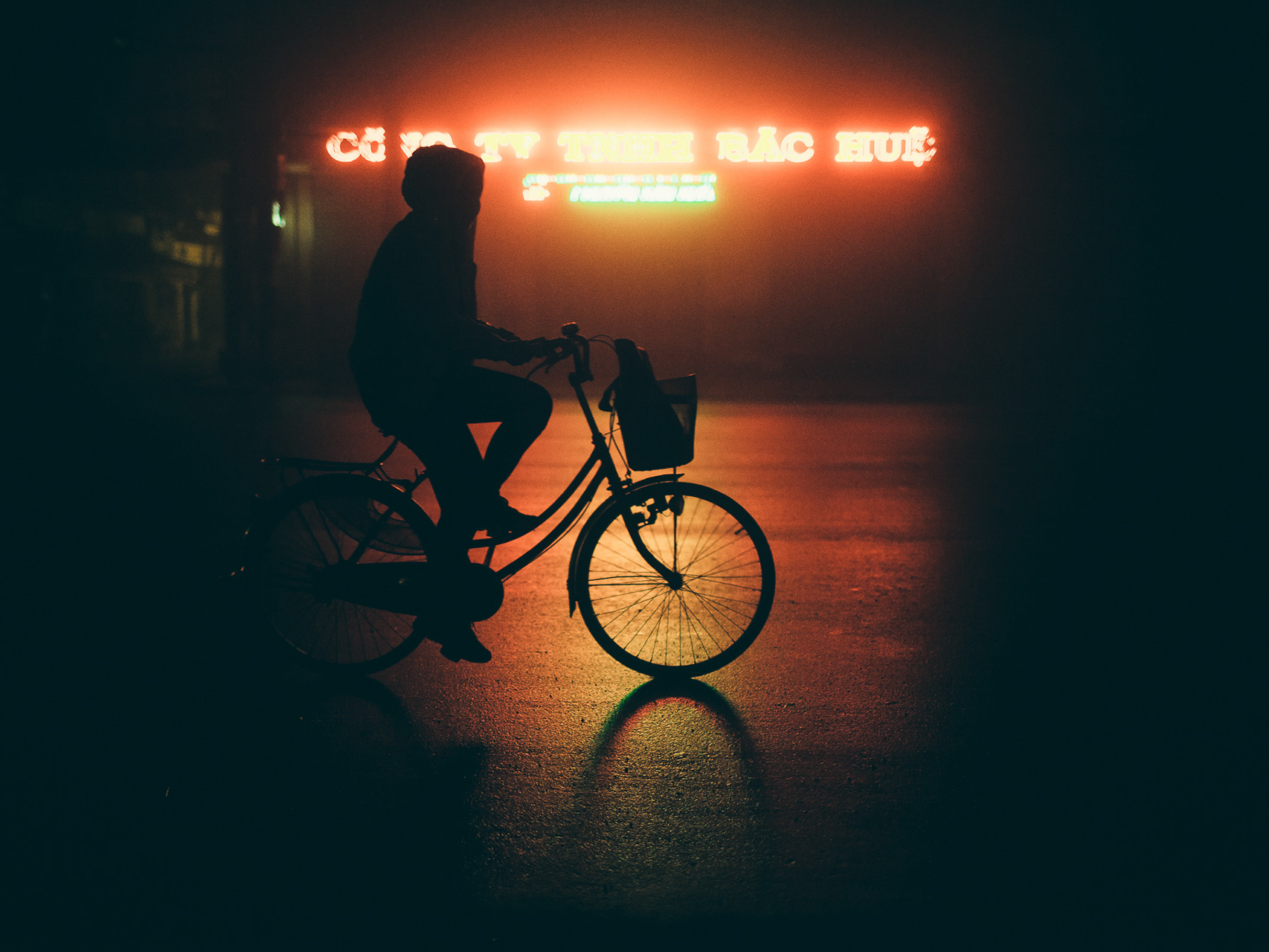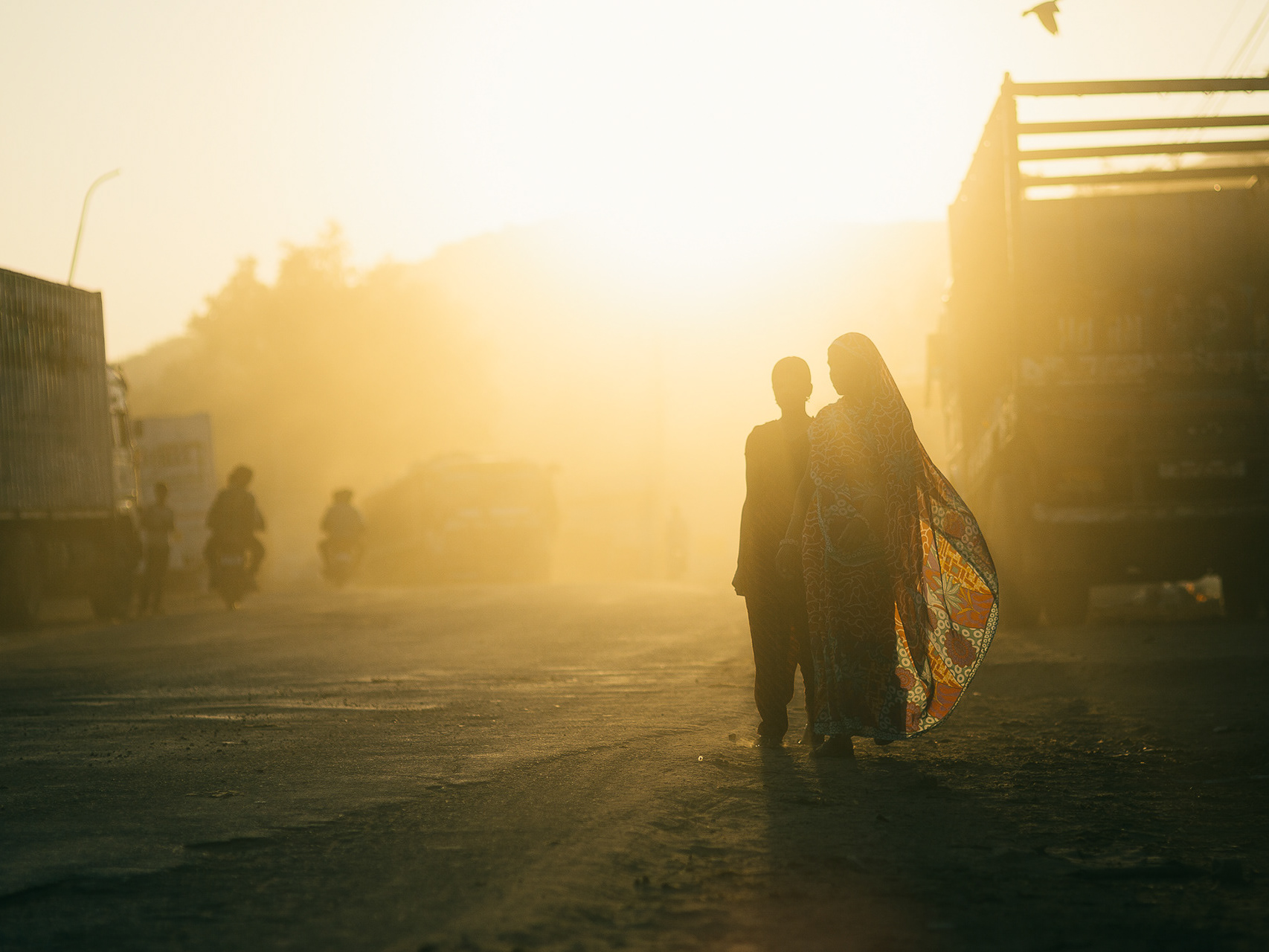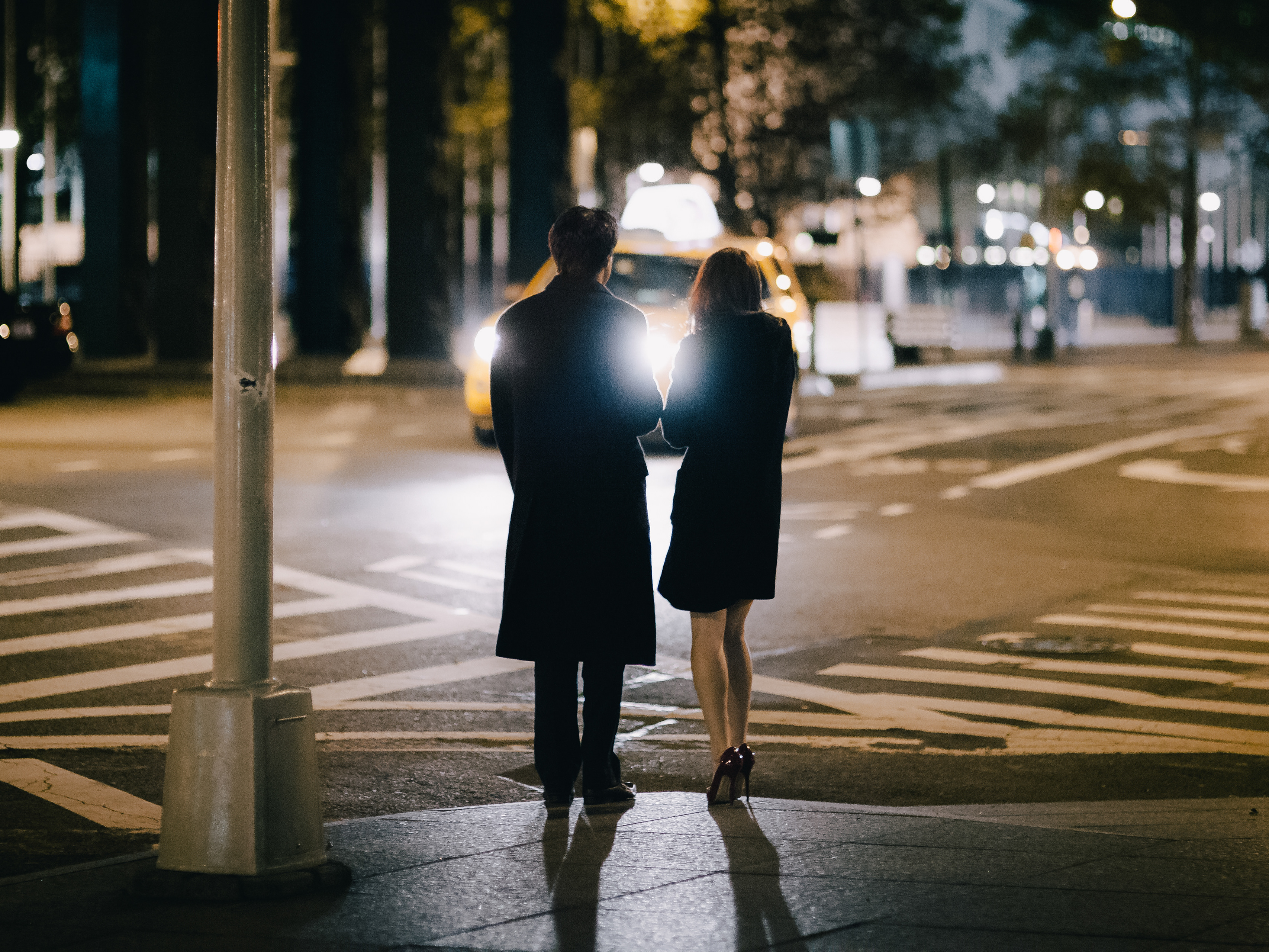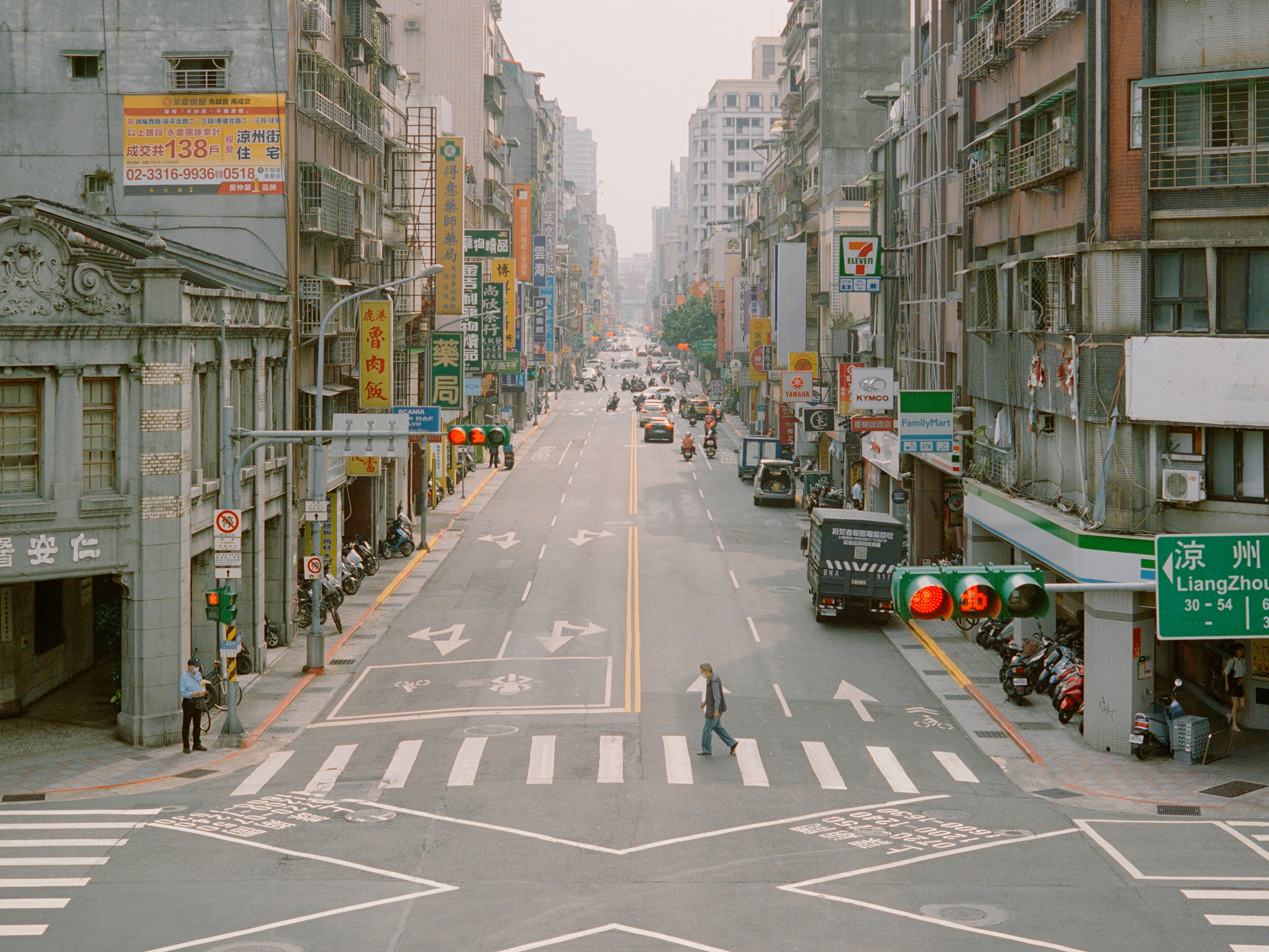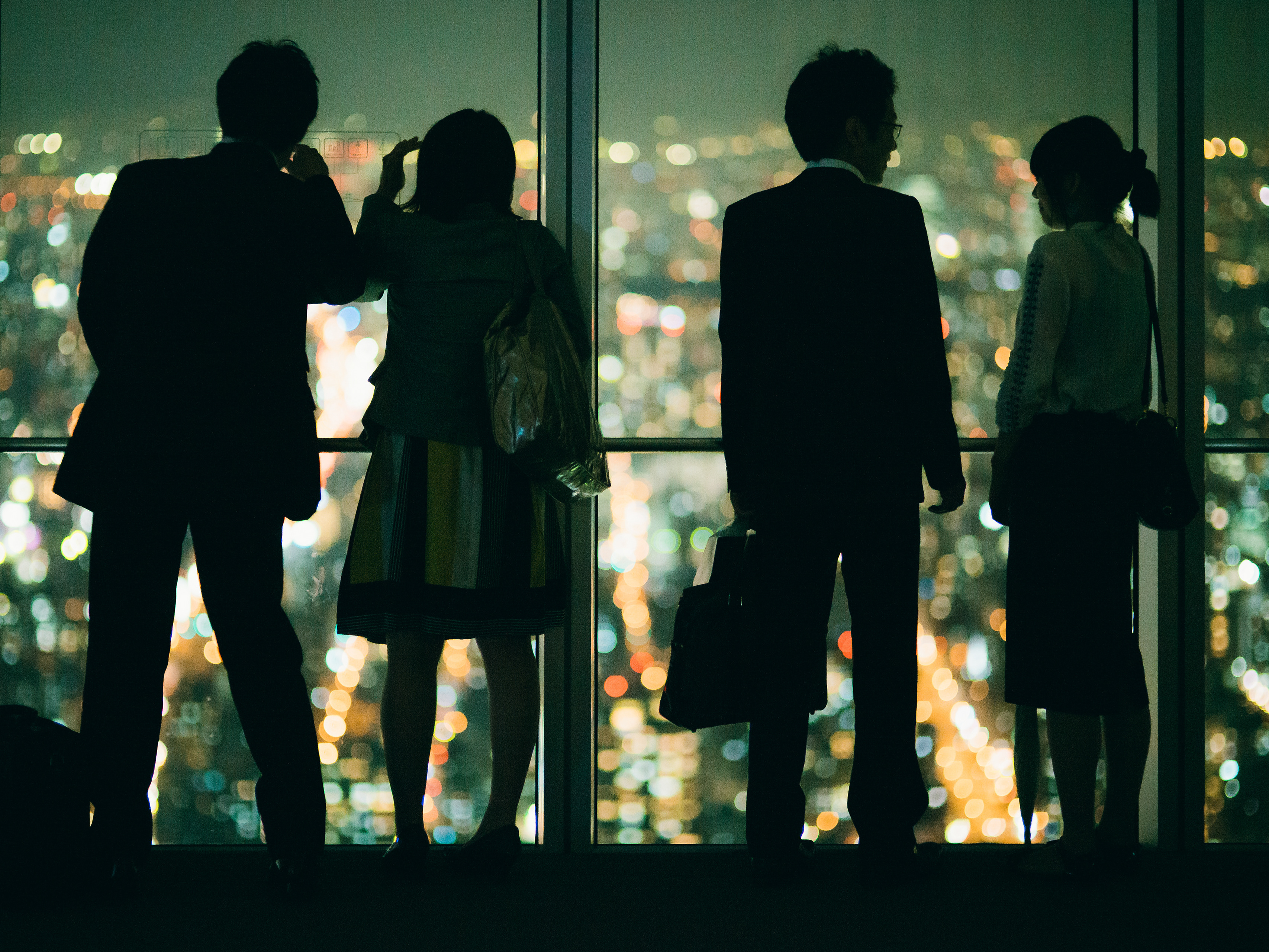Yangon starts early. Before daybreak, makeshift stalls line the streets and begin to fill the air with scents: wet herbs, hacked meat, dried fish, deep fried samosas, smoke and spice. Local families – women and children often bearing swirls of golden thanaka on their cheeks – gather fresh ingredients in little transparent plastic bags, tied and hooked onto their fingers. Young Buddhist monks and nuns file through to collect alms, in the form of uncooked rice or money, from dutiful stallkeepers.
These vibrant street markets – zei, or zay – unfold against a backdrop of decaying colonial relics, the remains of a bygone era that still haunts Myanmar, at the time only recently released from isolation and military rule. Lacking sufficient infrastructure, traders must improvise in order to keep doing business into the night, with torches, LED lamps and strings of car battery-powered fluorescent tubes bringing an atmospheric – though precarious – glow to the darkening streets. In just a few hours, the cycle will begin again.

